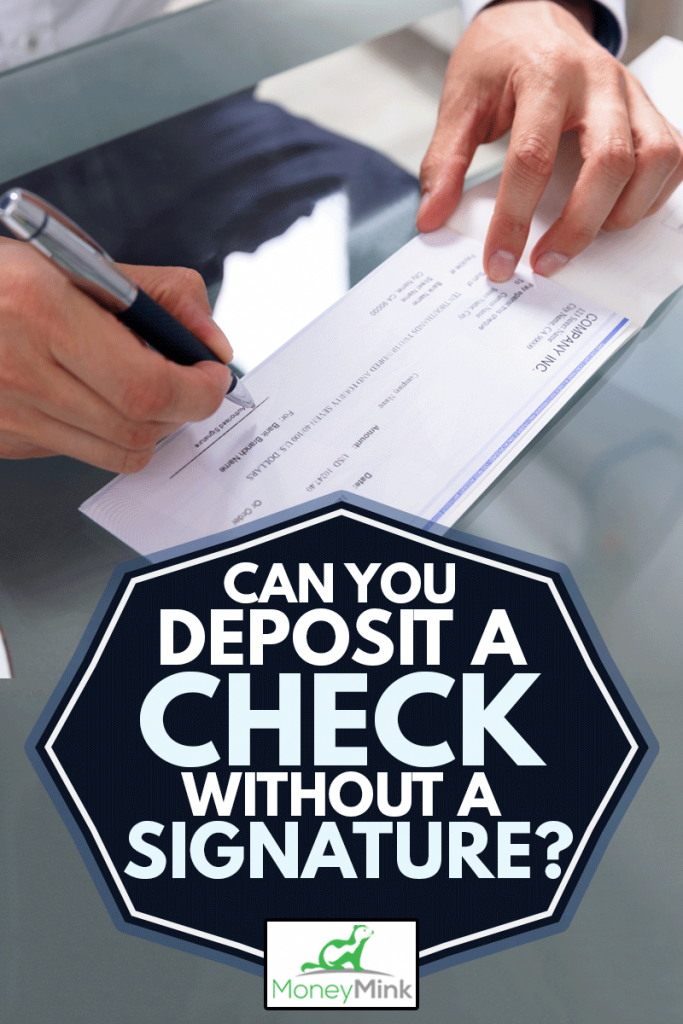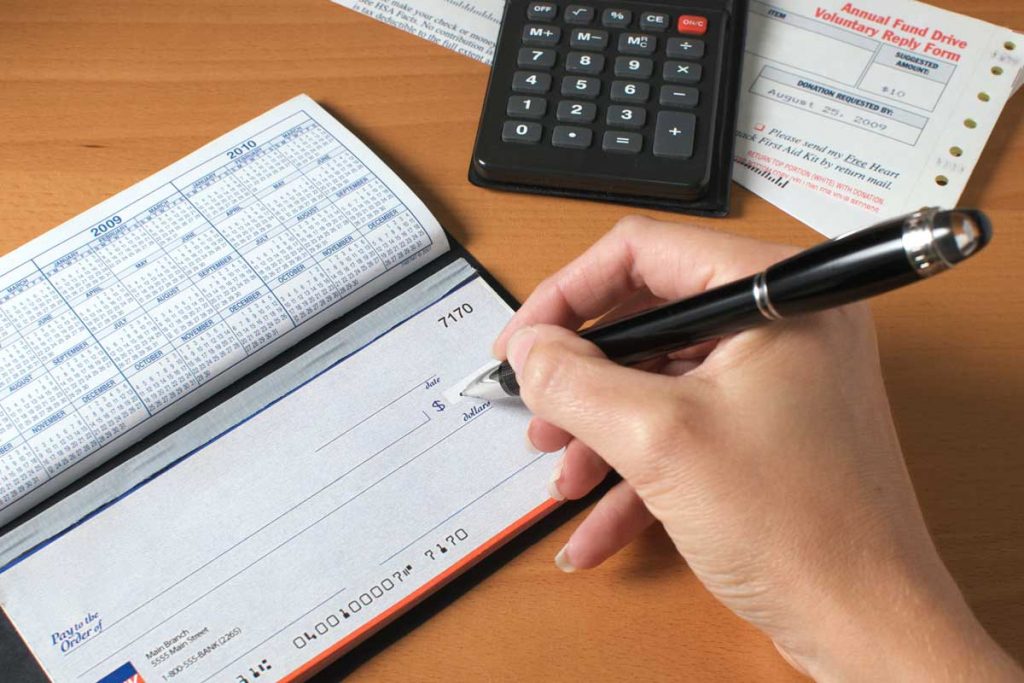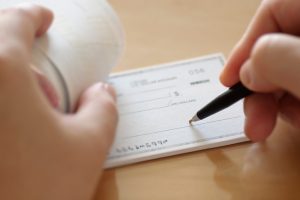Financial checks are designed to let people exchange money directly between bank accounts. Because these accounts and your money should remain secure, both parties -- the giving and receiving -- are required to permit the money to be exchanged. The payer does this by signing the check. But what happens if the payer gives you a check that they didn't sign? We've researched this and have come up with the answer.
Some banks will let you deposit a check that wasn't signed but will ask for a guarantee that you are the intended payee. Check with your bank to learn their policies. Your best bet is to ask the payer to rewrite the check, filling it out correctly.
We understand that your money is important to you, so we're excited to help you understand how to solve this problem. Please read on for more information about depositing checks, correcting errors, and other related topics. Let's get started!

Can you deposit a check without a signature?

Banks require a signature from the person whose account will be charged the amount written on the check. This is generally an effective way to verify that the person is giving the money to the payee. It eliminates fraud in most cases since the payer's signature can be matched with what's written on the check in the case of a dispute.
In general, the payer is not liable for a check unless they've signed it; that's the verifiable way to process the money. However, if the person forgot to sign at all but has given a person the check, they will still be on the hook for it. Treat it like a bad check: the payer still owes you the money.
The best way to make sure this never happens is to make sure the payer has signed the check before accepting it. You should proofread any check given to you to allow the payer to correct any errors, not just forgetting to sign it. That will save you an awkward and potentially confrontational conversation later.
That's not always possible, like in the case of a business that prints their checks or if someone has mailed one to you. If you've received a check that isn't signed, you have a couple of options. The first is to ask the payer to write you a new one. If this is a person with whom you've done business before or is someone you know and trust, this shouldn't be a problem.
If it's a stranger or a business of some sort, this might be trickier. You can ask your bank about their particular policy. Some will absolutely not accept an unsigned check for any reason. Others, though, might have a way around the issue.
Guaranteeing a Check
For instance, one common fix is to "guarantee" the check. Essentially what you're doing is giving your word that this check was given to you in good faith, even though it was unsigned. If your bank accepts this, they're assuming that there won't be a problem. If there is a dispute from the payer, your bank will have a process that you must undergo.
To guarantee a check, endorse it like normal. Then, in the endorsement section, add a line that says "lack of signature guaranteed." If you can, take the check to a teller and deposit it in person. This is the best way to ensure that it will be deposited.
Forgetting to sign a check might not be a correctable mistake. However, there are some check-writing errors that you can correct. This article has more details: "How to Correct a Mistake on a Check."
What Happens If You Deposit A Check Without Signing It?
If you deposit a check without signing it -- also known as endorsing it -- there's a good chance that it will get rejected. Endorsing the check is a process that includes signing it and verifies that the money will go to the correct person and account. Most banks ask for it as a way to reduce errors or fraudulent activity.
If you take your check into a bank to deposit it, the teller should look for an endorsement as soon as you hand it to them. You'll be asked to endorse it before he or she deposits it into your account. You'll also be asked which account you'd like the money to be deposited, or whether or not you'd like to cash it.
At an ATM or via mobile deposit, not signing the check could lead to it being rejected. Oftentimes, the automated system will accept the check at first but will catch the error later in the process. With a mobile deposit, that shouldn't be a problem since you can then endorse the check and try again. But at an ATM that has already taken the check, you'll need to ask for the payer to write another one.
Where Do You Endorse A Check With No Line?
The check's endorsement section is usually one and a half inches long and the same width as the check. Usually, you can find it on the same end as the numeric amount is on the front. Oftentimes this section will be marked by a box and instructions such as "endorse here."
This is still the endorsement section, even if it isn't explicitly outlined or doesn't have a signature line. In this case, go ahead and endorse the check as you normally would. Try to keep it all within the one and a half-inch area and put your signature at the top.
Want more information about endorsing checks? Read this article: "What Does Endorsing a Check Mean?"
Can Someone Deposit A Check For You?
Someone can deposit a check for you in person as long as you've endorsed the check, or the person who's depositing it writes the phrase "for deposit only" in the endorsement section. Basically, the bank won't have a problem depositing money into your account as long as you're the intended recipient. There are a few ways to make this process easier for the friend who's helping you deposit it.
The most secure way to make sure the money gets into your account is to write a deposit slip for your friend. A deposit slip is a form used by many banks to make the teller's job easier and ensure that everything is happening appropriately. If you have a deposit slip handy, fill one out and give it to your friend with the check.
Assuming you don't have a stack of deposit slips at home, you can write the account number in the endorsement section, under your signature. This will help the bank make sure it gets into the right account since you aren't there to show them identification. For further safety, write the phrase "for deposit only" in the endorsement section.
In fact, you don't even have to write your account number in the endorsement section if you don't want to. The phrase "for deposit only" means that your friend can't cash the check, which means the teller won't give them cash in exchange for the check. The riskiest thing you can do when asking someone else to deposit a check for you is to sign it only. This is called a "blank endorsement." This lets the person depositing it tell the teller they want to cash it.
In Closing
If a person writes you a check but forgets to sign it, consider asking them to rewrite it. If that's unreasonable or impossible, your bank might let you guarantee the check, even if it doesn't have a signature. You'll have to check with your bank's specific regulations. Also, pay attention to how you endorse checks to make sure it gets into the right account.
We hope this article has shown you how to handle this unfortunate situation. Good luck!



